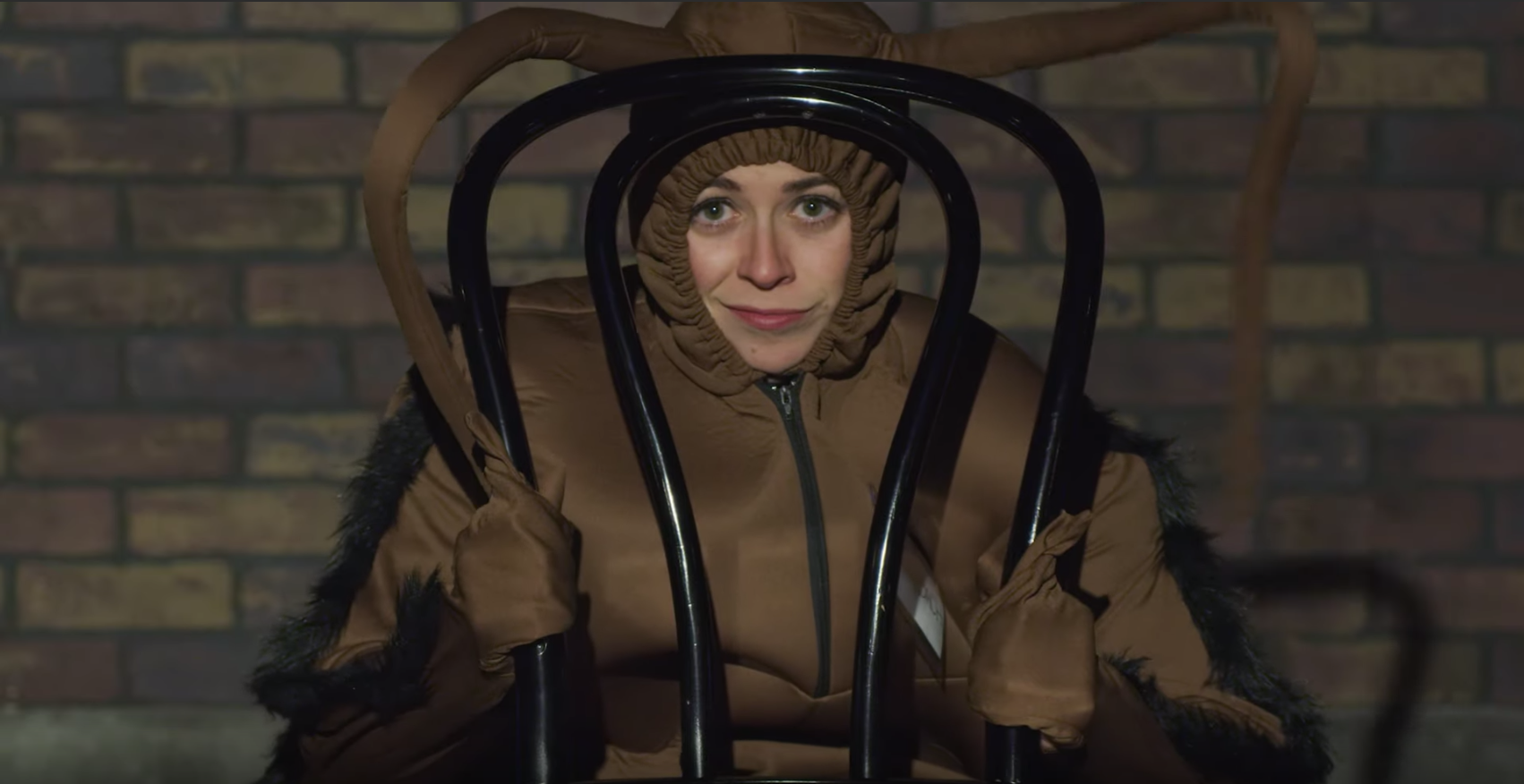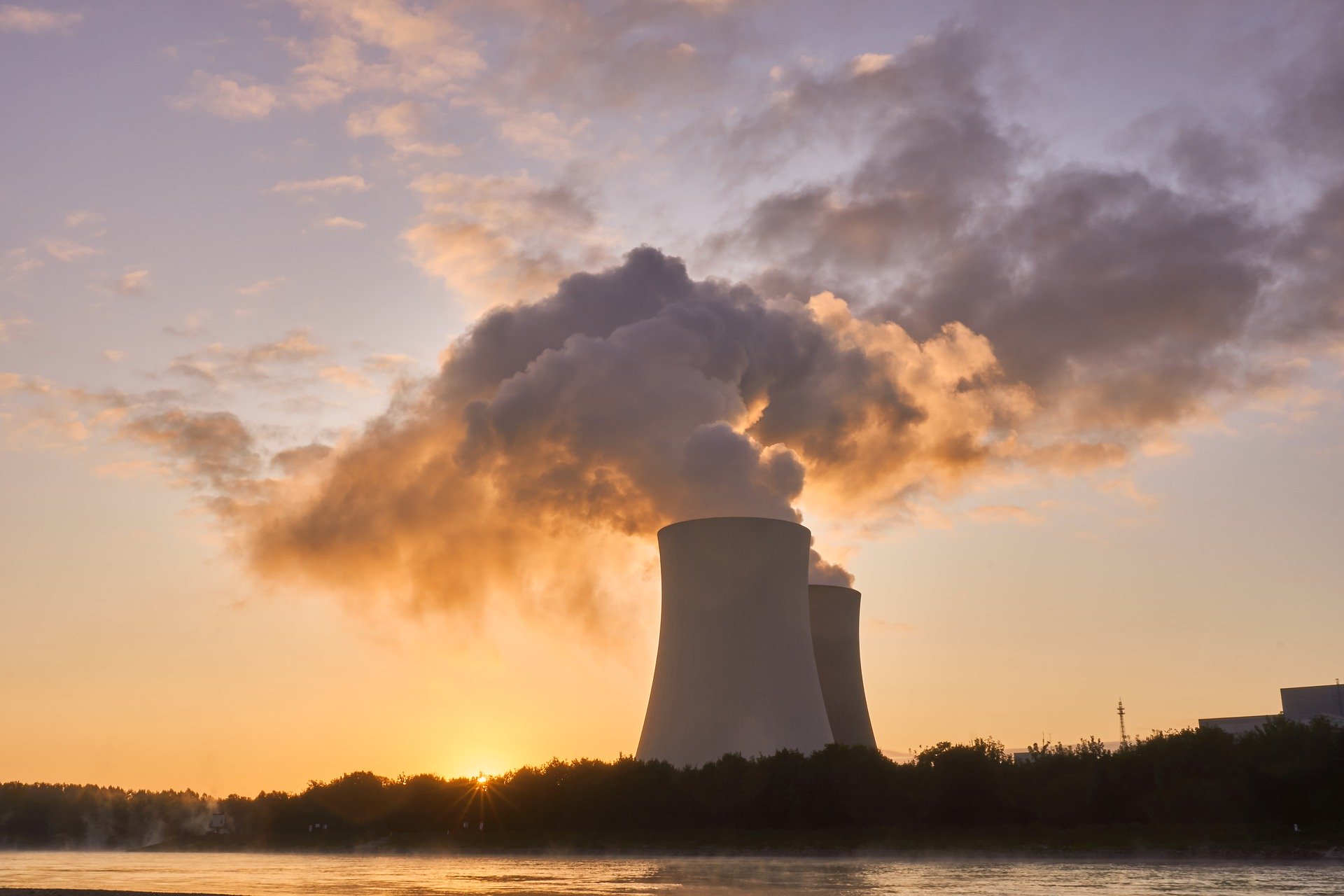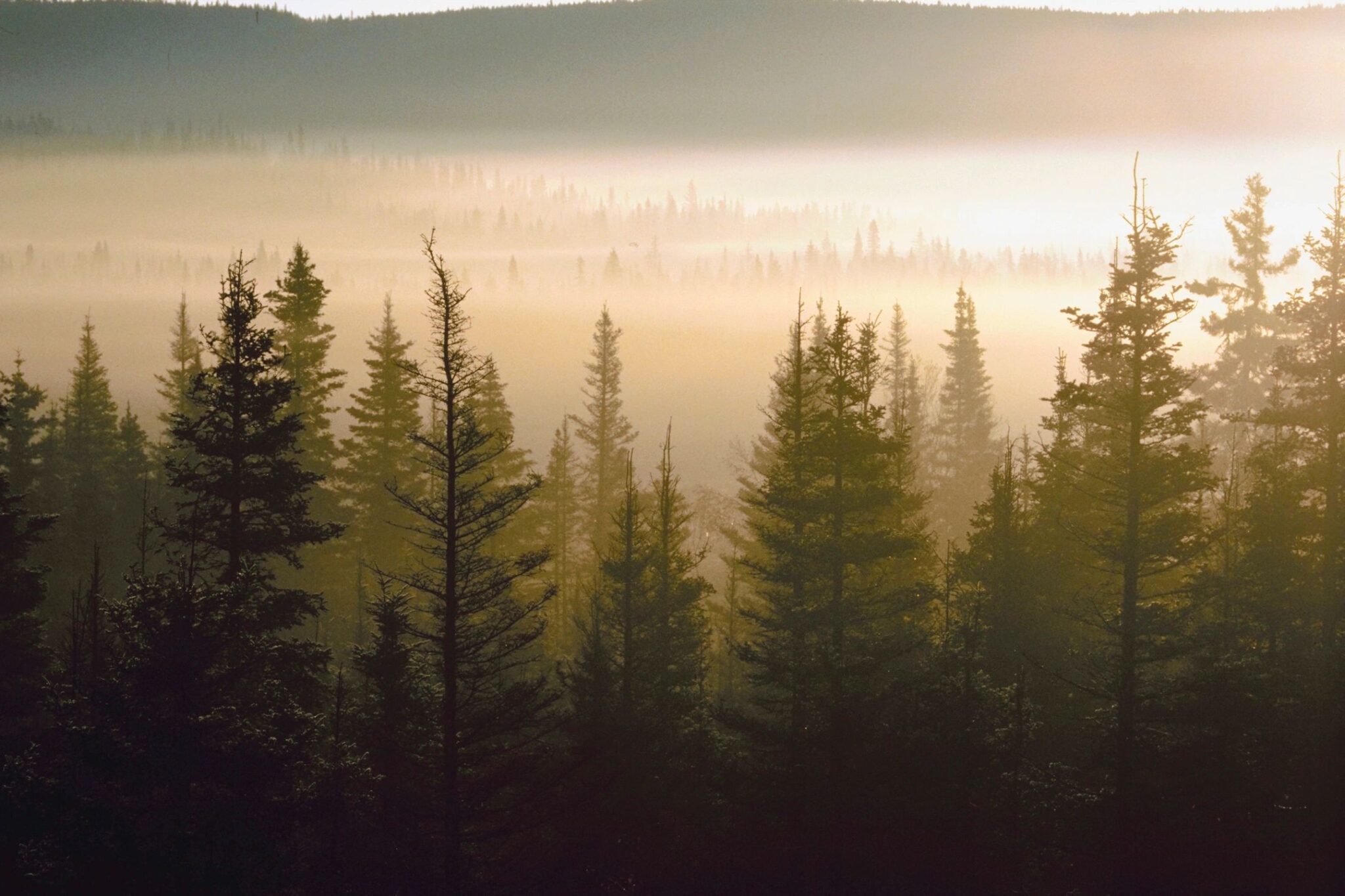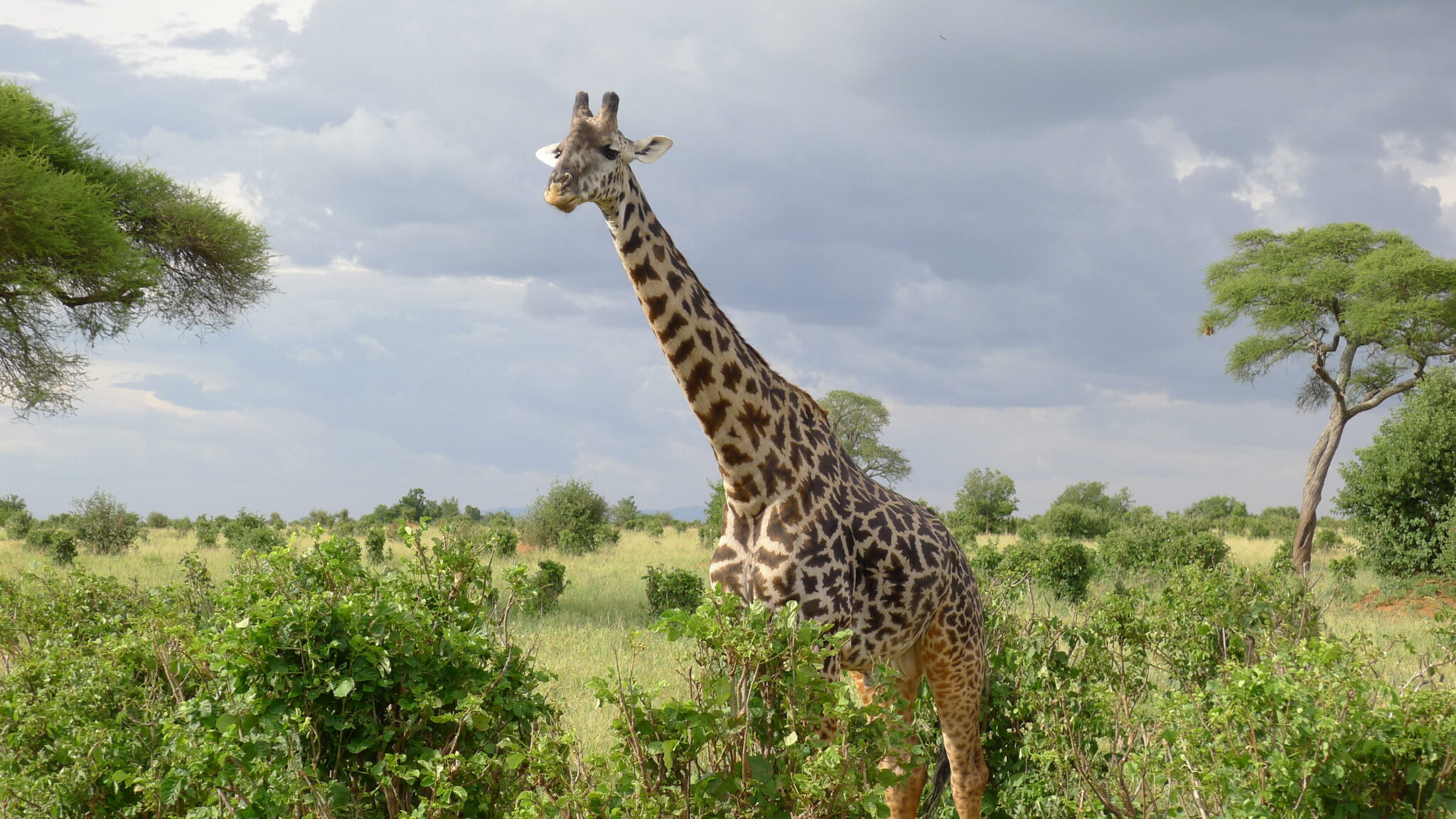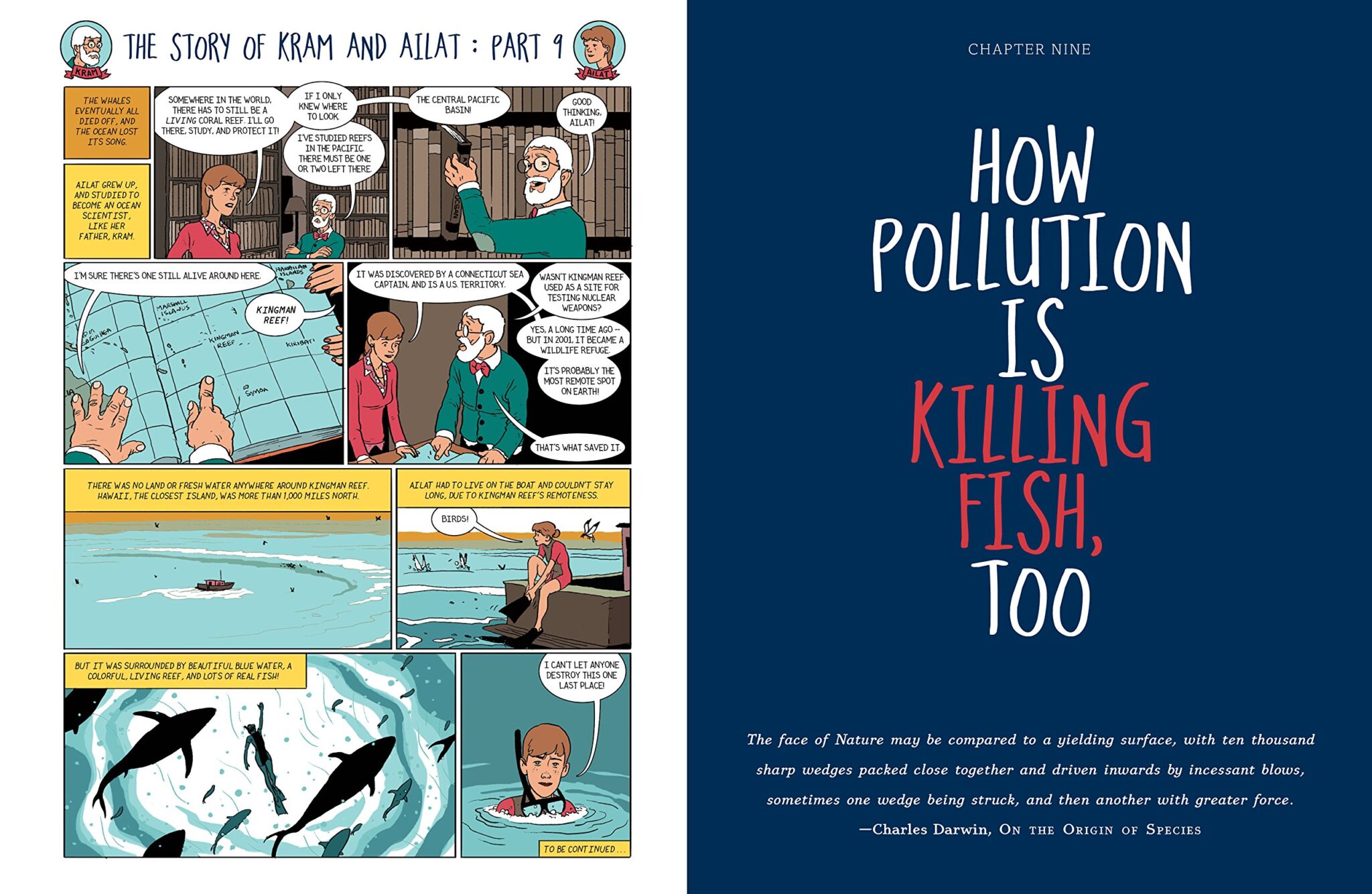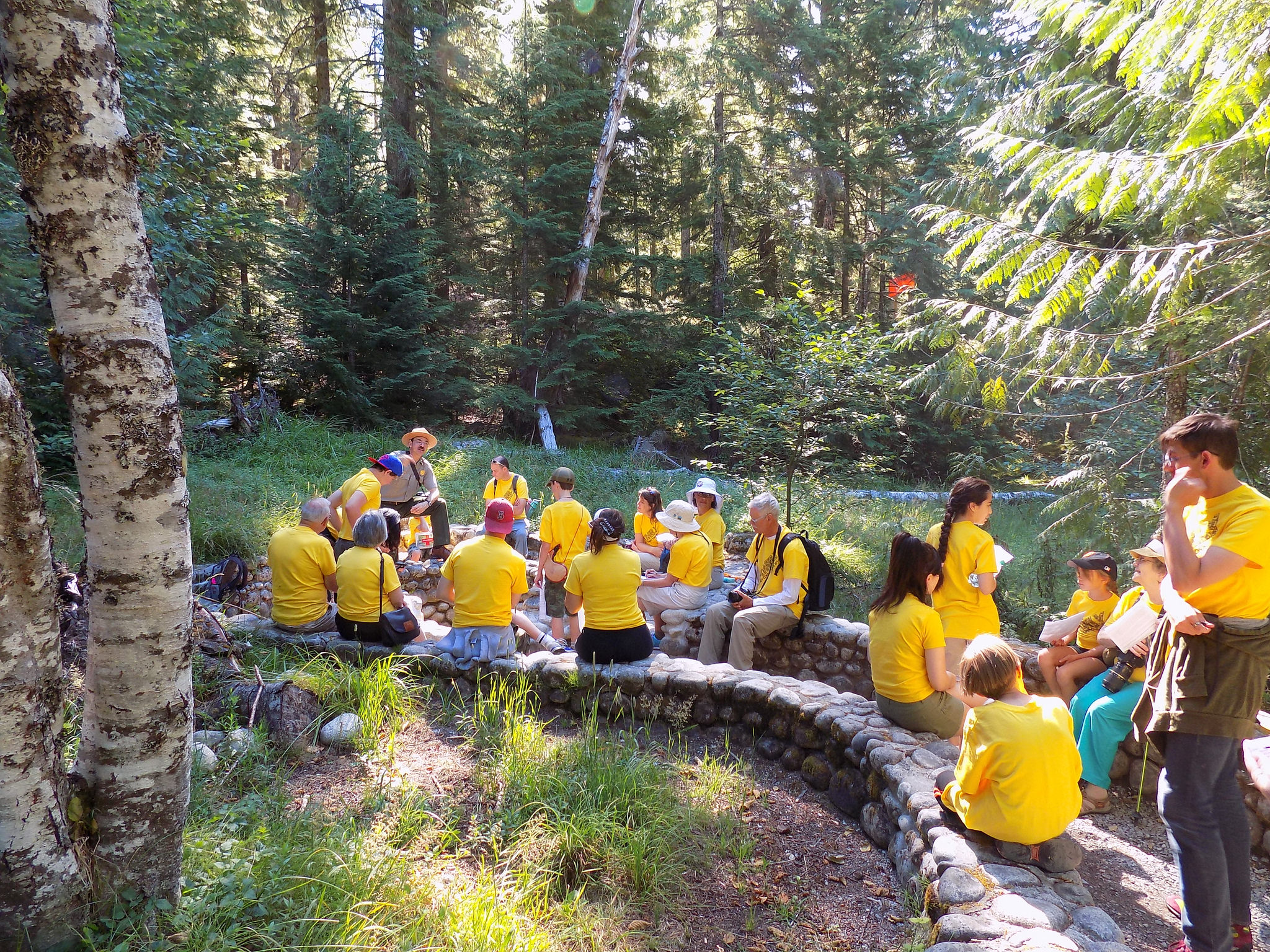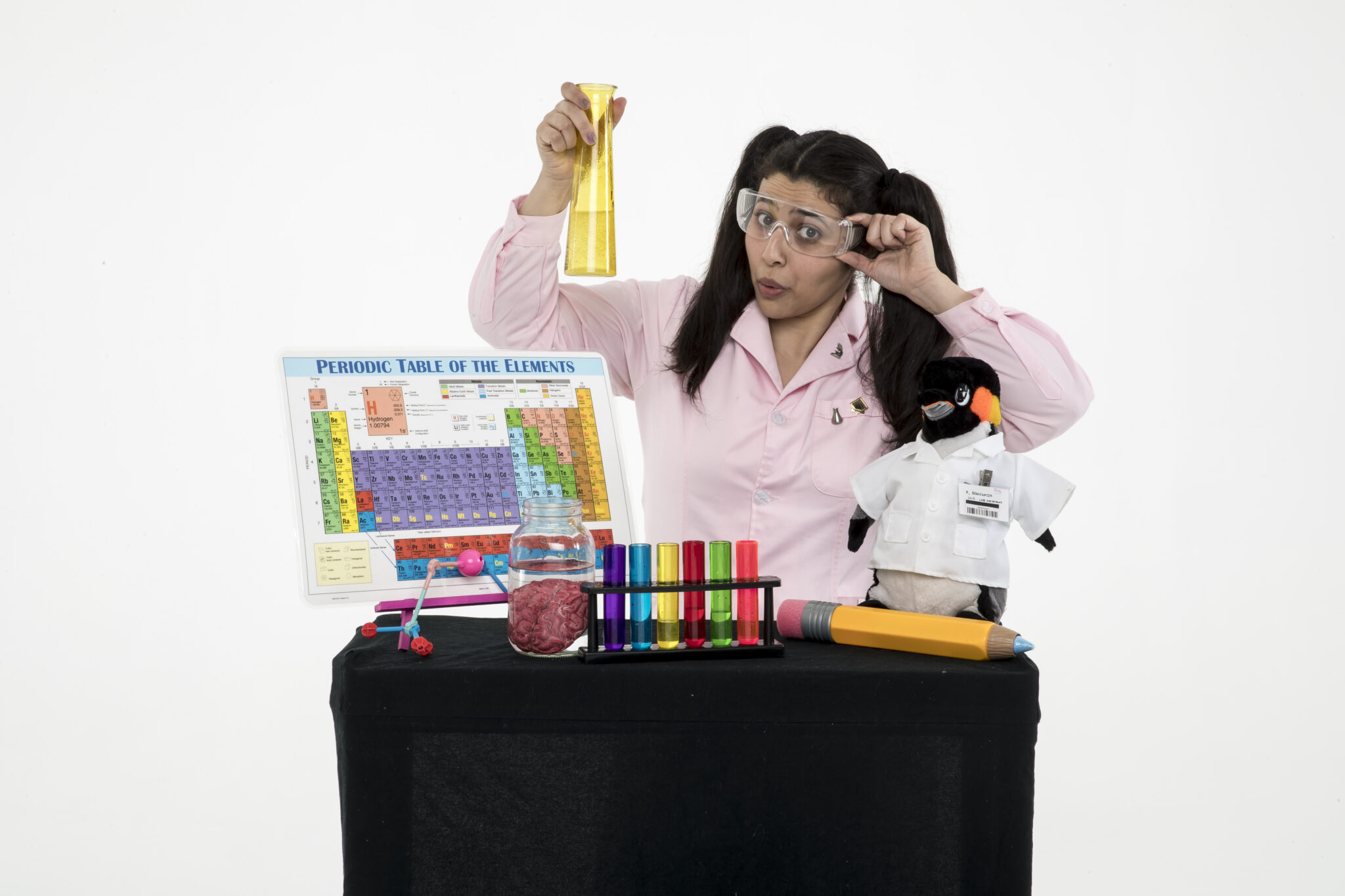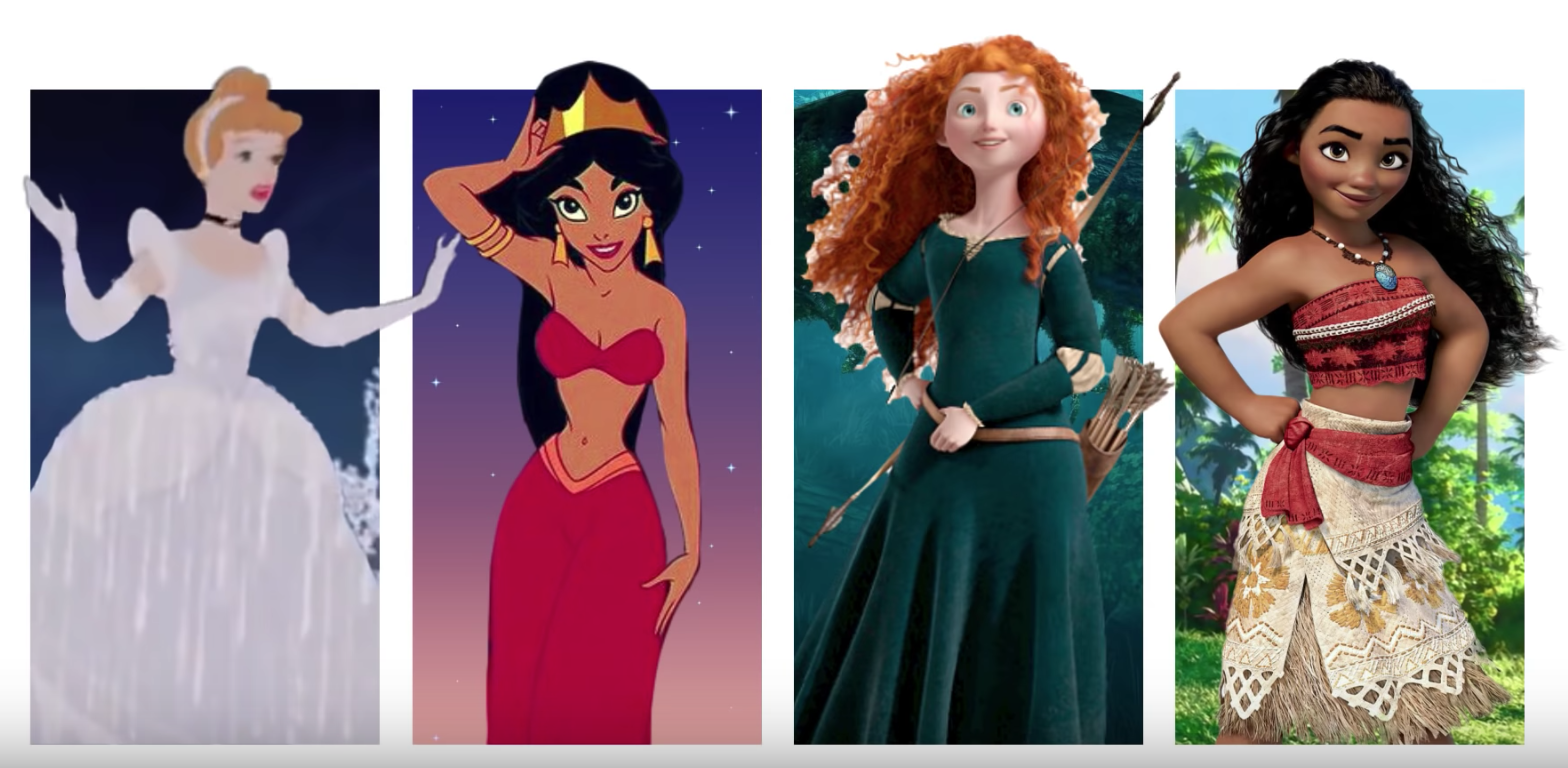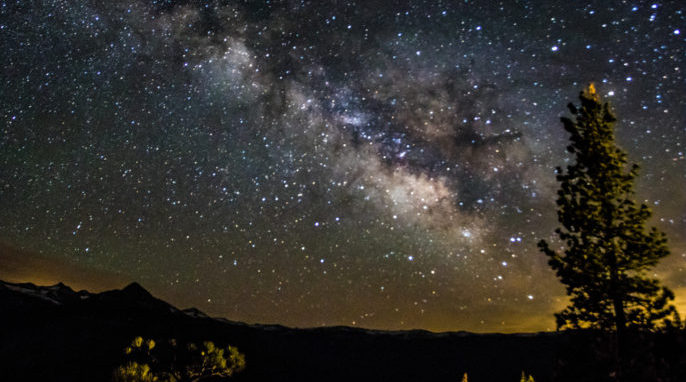Urban Animal Adaptations, the Musical
Adaptations! How do animals adapt to live in human cities? Which animal sings the best? Watch them audition for survival and try an experiment with ping pong balls and tongs! This video is brought to you by our very good friend Sophia Shrand, creator and star of the educational science comedy series Science with Sophie. In this episode, we learn how different animal adaptations help them survive and thrive in city environments. We also learn how many different animals Sophie can portray (a lot). Finally, the experiment is fun for…
Read More
